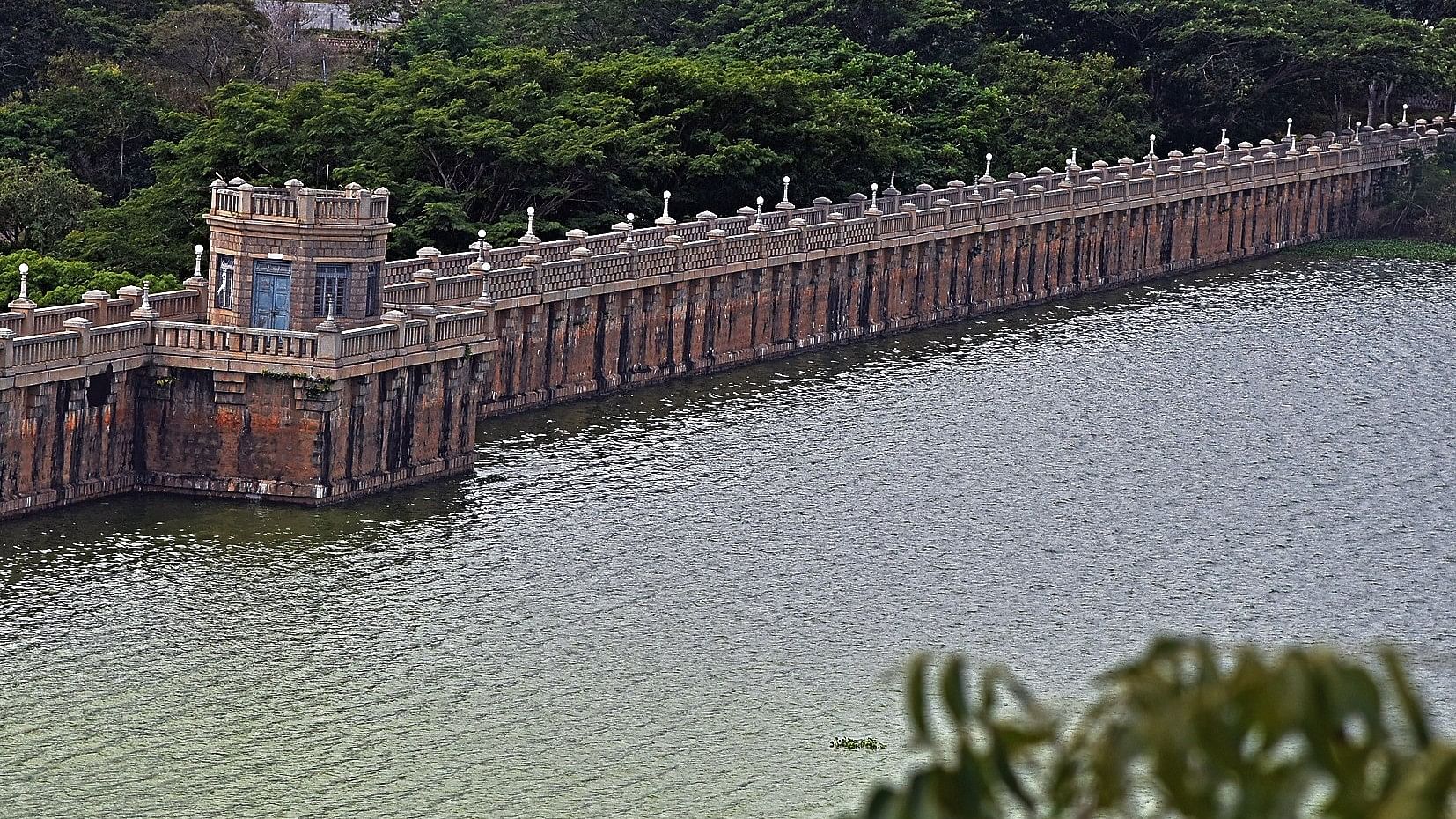
Thippagondanahally reservoir
Credit: DH PHOTO/ S K Dinesh
Bengaluru: Over 30 years after the Karnataka High Court cancelled a 400-acre township on Arkavathy riverbank to uphold the critical importance of the Thippagondanahalli reservoir catchment area, “flagrant violations” have continued in the area as the government continues to fumble over the need for buffer zone, a low-hanging fruit in ensuring water security of the megacity.
Ten years after Justice Rama Jois’s order, the state government in 2003 issued a notification setting up four-tier buffer zone for 1,453 sq km catchment area, including the Arkavathi and Kumudvathi river banks.
Development activities on Zone 3 (1 km from river bank) and Zone 4 (1 km to 2 km of river bank) were restricted to ensure water flow and prevent pollution.
In 2014, the government made an U-turn by issuing an order to withdraw the 2003 notification. The high court stayed the order but that has not stopped the unchecked development in the catchment area.
In 2019, the Urban Development Department cited petitions before the court to reduce the buffer zone and related restrictions to 1 km from the river bank. The controversial order attracted widespread criticism and was brought to the notice of the court. The court is yet to decide on the 2019 order but has asked the government to survey the affected area.
Government sources said the Urban Development Department and the Forest, Ecology and Environment Department held talks recently to finalise the buffer zone.
“Between 2003 and 2013, 146 illegal layouts had come up within 1 km from the catchment area (buffer zone 3). Enforcing the 2 km buffer zone set 20 years ago is impossible now. The entire area has seen hundreds of layouts and even multi-storey buildings,” the official said.
An official who had earlier worked in the environment department noted that the 1,453 sq km catchment area covers part of Doddaballapur, Nelamangala, Devanahalli, Magadi and Bengaluru.
“An honest assessment will show illegal quarries and banned industrial activities, which is reflected in the pollution of water in the TG Halli reservoir,” he said, pointing to largescale land use change visible in Google Maps.
To a question, Additional Chief Secretary, Urban Development Department Rakesh Singh said the court’s directions have been followed and discussions have been held with the departments concerned. “We will place all the material before the court and go by its directions,” he
added.
The government in 2022-23 allocated Rs 312 crore for rejuvenation of TG Halli reservoir of which Rs 260 crore has been spent to set up water treatment facilities. “We plan to get 110 mld. However, we are testing the water quality. Since we found some contamination, it was decided to drain the stagnant water by treating it and filling the Herohalli lake,” a senior official in the BWSSB said.
Former MLC B K Chandrashekhar, who was one of the petitioners in the 1992 case, said the reservoir can be a sustainable source of water if the government implements its 2003 notification.
“Any encroachments and prohibited activities in the buffer zone need to be removed to ensure the water security of Bengaluru. This summer, we saw the harsh reality of water scarcity. There is no better time to wake up than now,” he said.